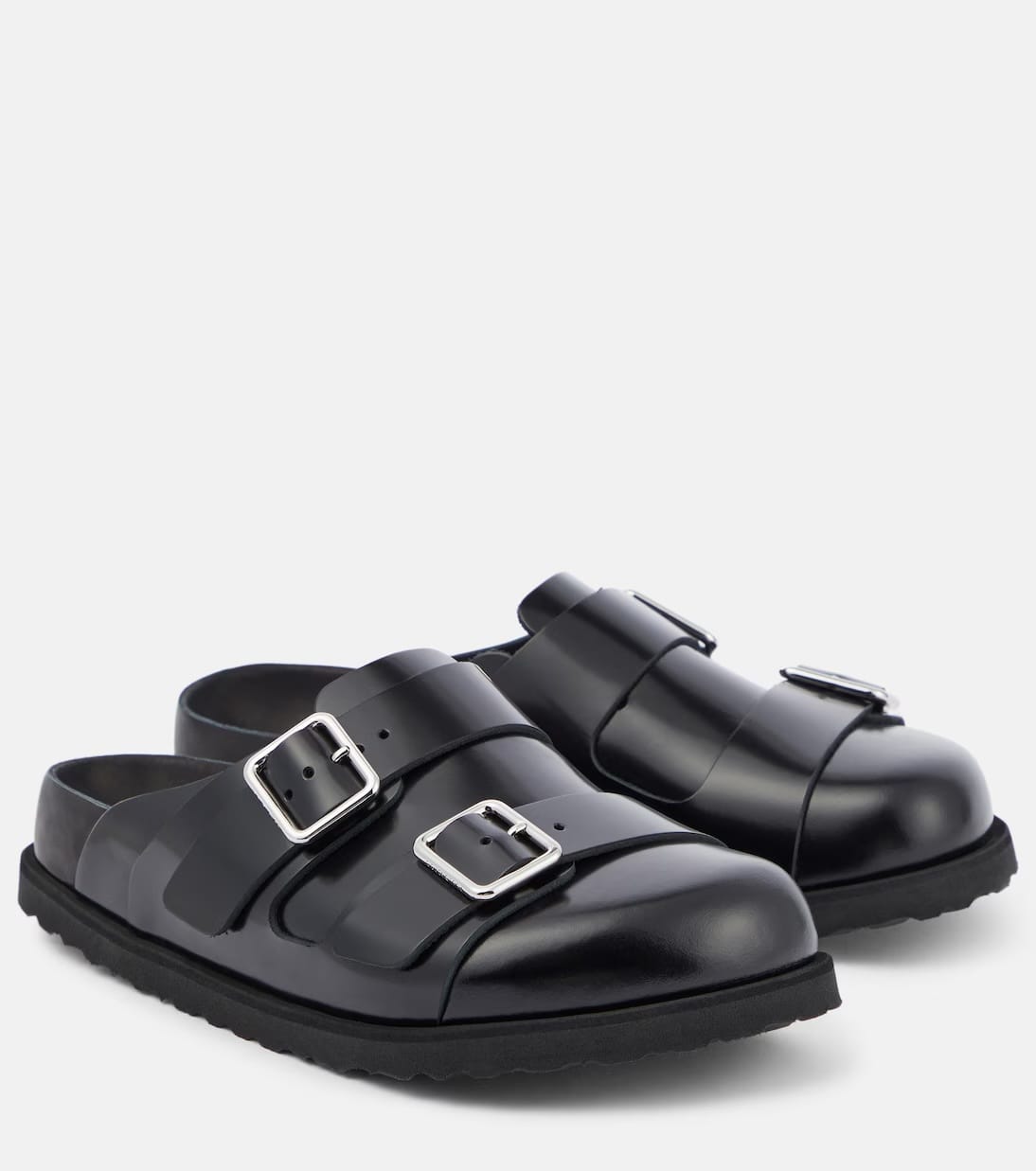
Coolness is a currency, but in the rarified air of elevated style, it’s not always about being first—it’s about being right.
The Birkenstock 1774 line doesn’t chase trends; it authors its own visual language, rooted in anatomical precision and whispered luxury. Here, the sandal is re-engineered not as a nostalgic artifact but as a modular canvas for the world’s most exacting creatives.
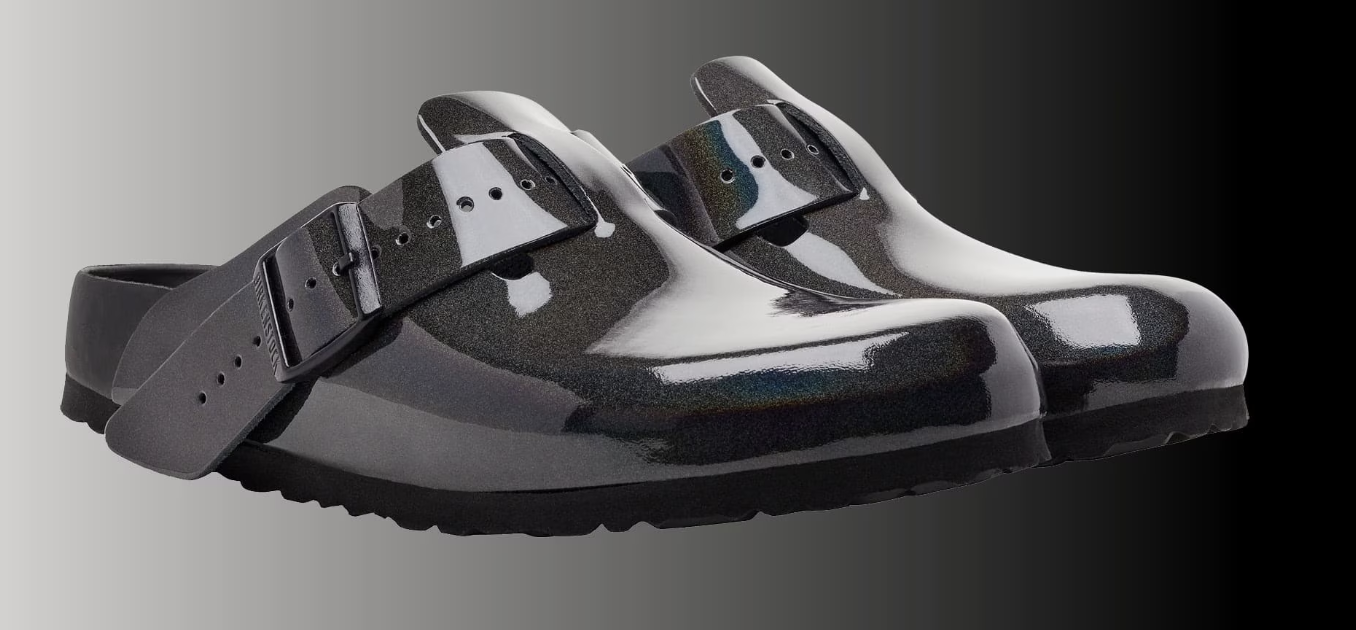
While the name 1774 nods to Johann Adam Birkenstock’s first historical mention, the collection’s ethos is almost futurist.
It’s a study in design as discipline—every line, edge, and seam refined to museum-grade standards.
The iconic silhouettes remain—the Arizona, the Boston, the Siena—but they are rendered in lambskin, neoprene, mirrored leather, suede, or tonal Velcro, with elegant, near-invisible hardware.
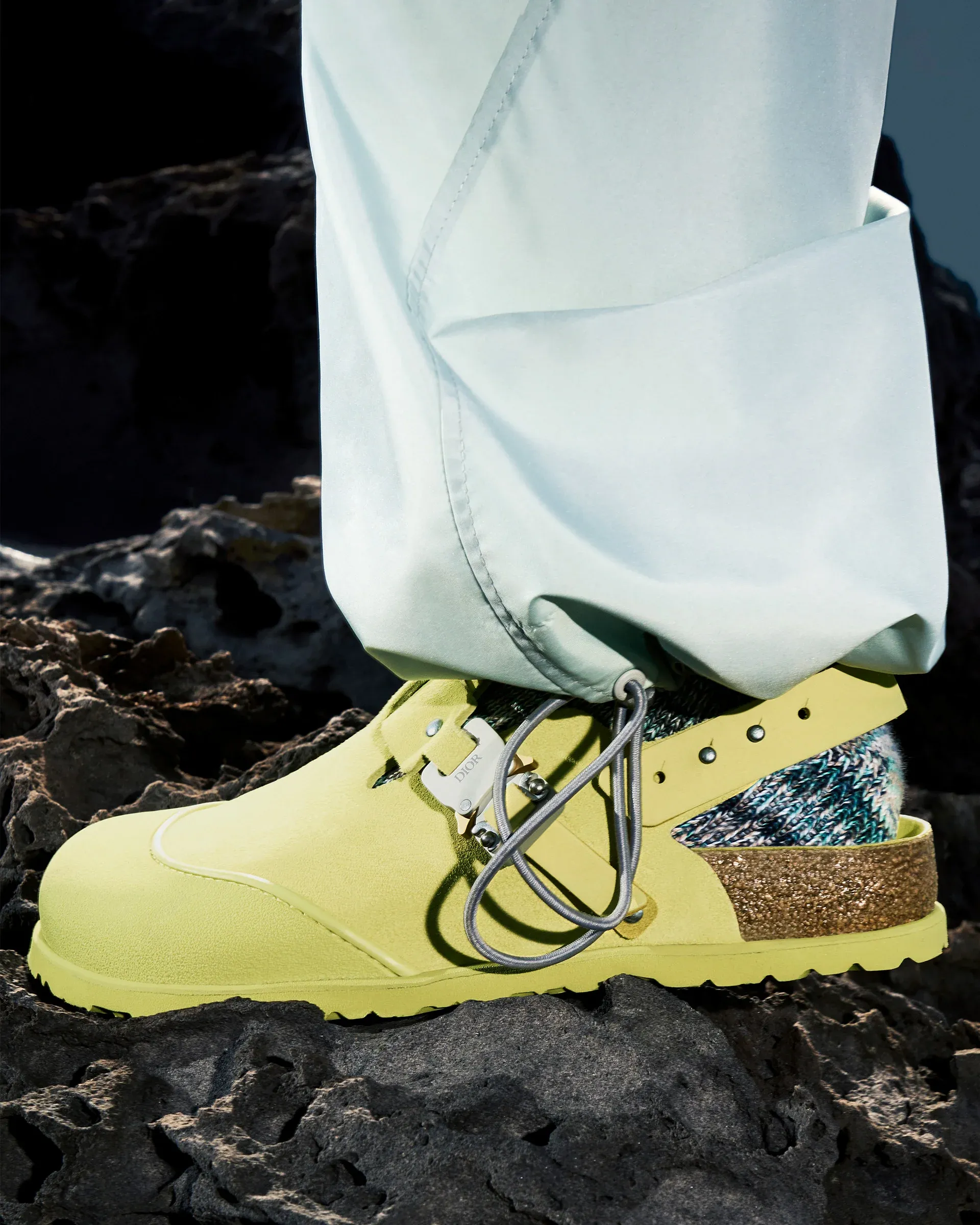
But what truly cements the 1774 line’s exceptional coolness is its pantheon of collaborators—a veritable who's who of fashion modernists who have all engaged with the footbed like it was a blank page.
- Rick Owens, the godfather of Gothic minimalism, turned the Arizona into a monastic uniform piece—stark, architectural, post-apocalyptic.
- Jil Sander, under the Lucie and Luke Meier era, softened the sandals into serene, almost ecclesiastical objects of quiet power.
- Dior, (formerly led by Kim Jones) deconstructed and rebirthed the Milano sandal through couture craftsmanship and militaristic fluency.
- Proenza Schouler added utility-chic leather, contrast topstitching, and an urbane restraint to the Arizona and Milano.
- Manolo Blahnik, the maestro of stiletto poetry, dared to dress the humble Birkenstock in velvet and crystal buckles—pure subversion.
- Stüssy, that ever-relevant Californian vanguard, gave the Boston mule a surf-meets-street rebirth with rough textures and laid-back grit.
- Fear of God took it spiritual, monochrome, and solemn—complementing their own vision of quiet, West Coast spirituality.
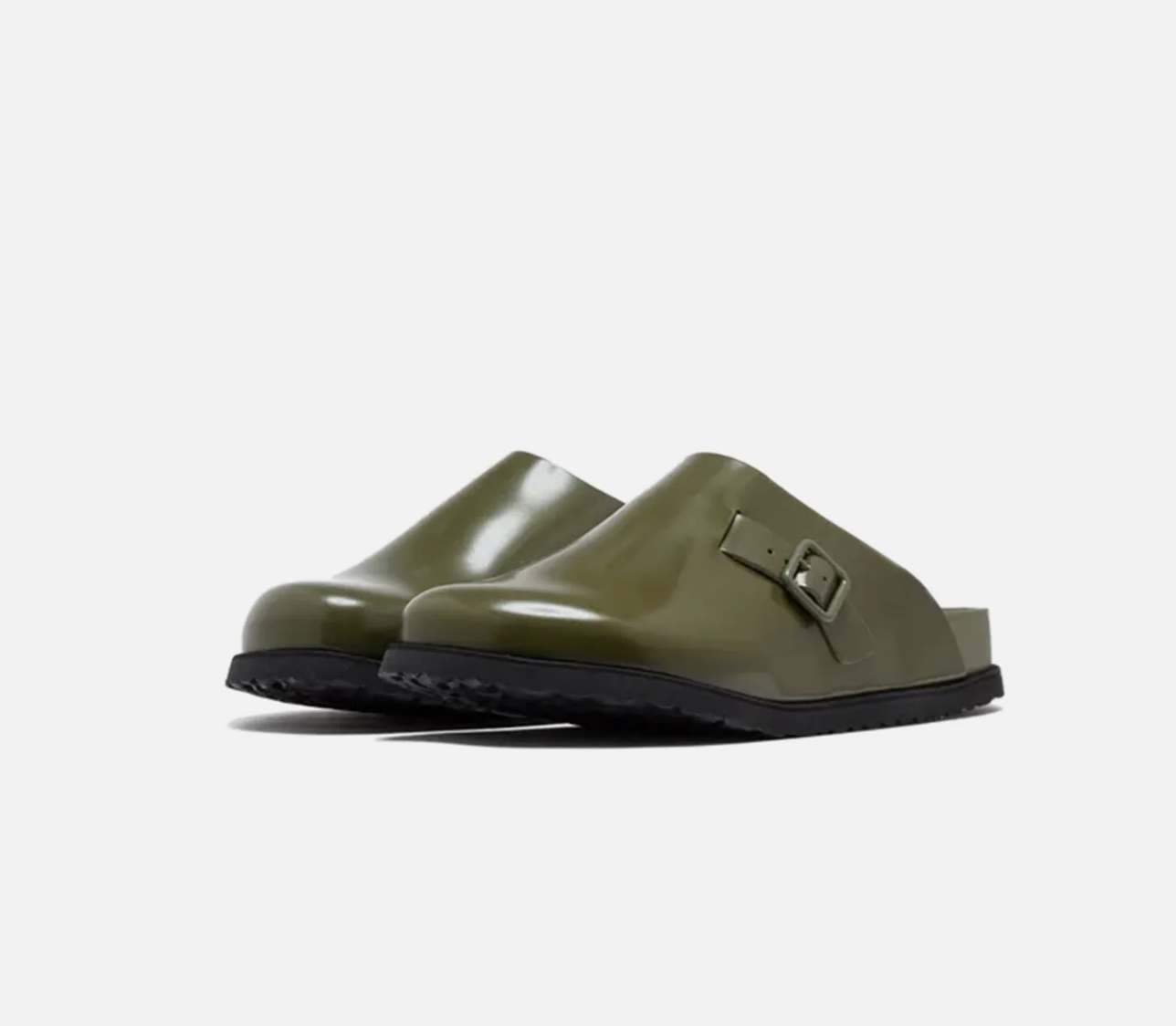
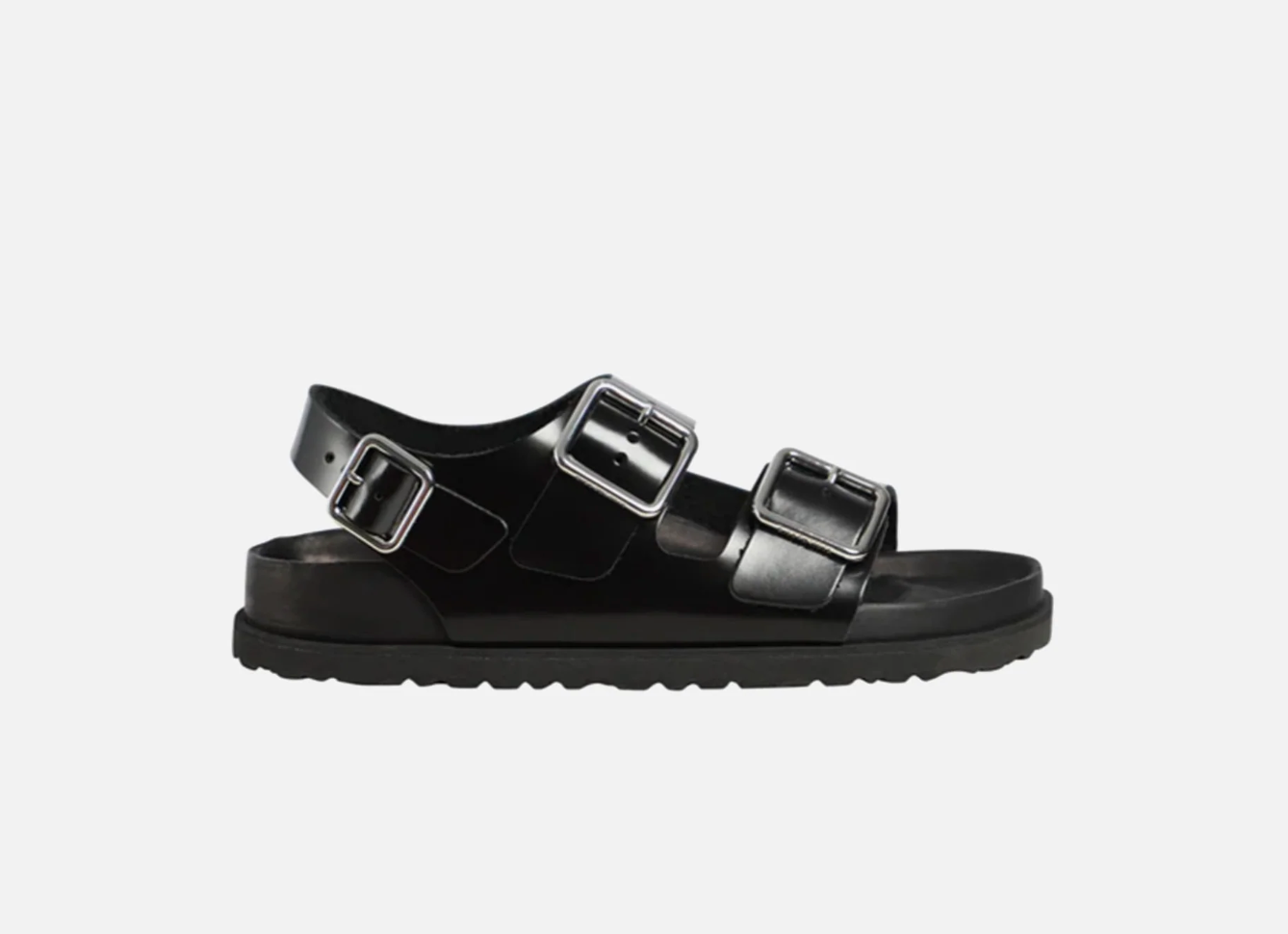

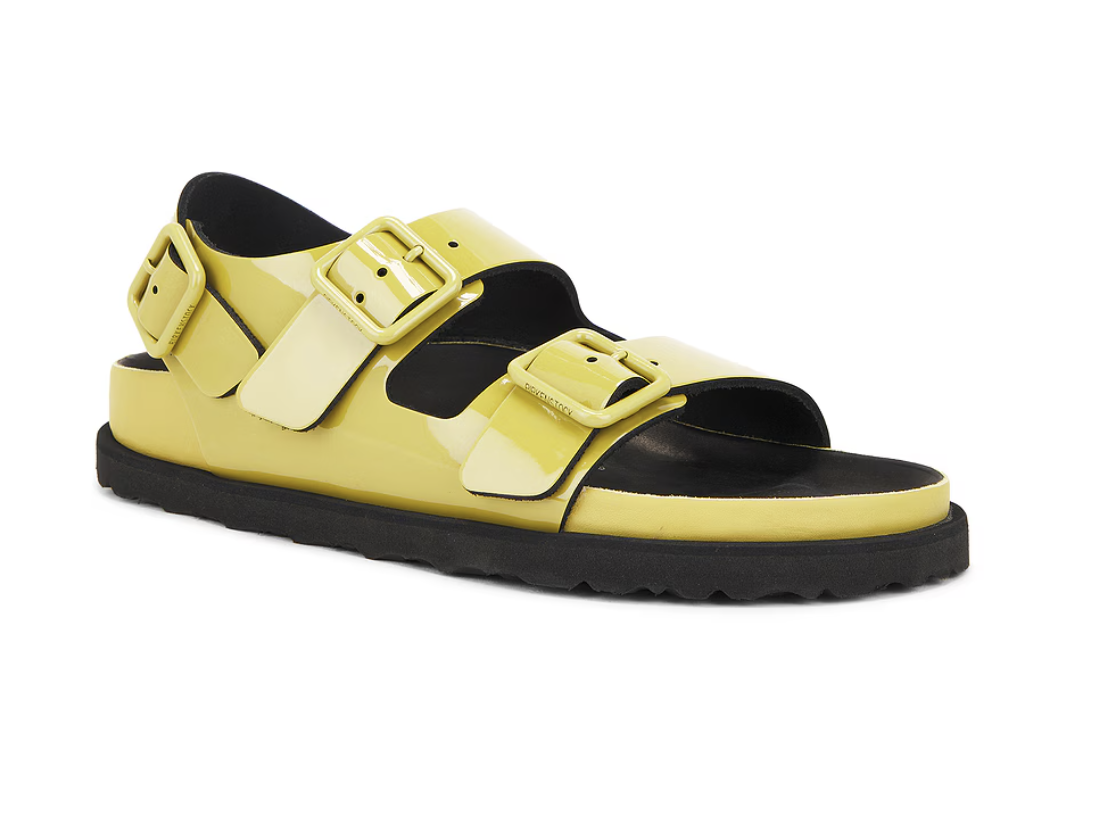
Each of these capsules exists in conversation not just with Birkenstock’s DNA, but with the greater narrative of modern menswear: utility, minimalism, authenticity, and the subversion of the expected.
In this way, the 1774 line is not a deviation but an apex, a high-design echo of a lineage that never lost its footing.
To wear 1774 is to occupy the precise intersection of comfort and cultural literacy. It’s not ironic. It’s not nostalgic. It’s post-ironic, post-streetwear, post-logo. It’s where the future of footwear feels orthopedic by design—and immaculate by choice.


